Pleased to shareこをろこをろ koworo-koworo, Okayama-based artist Hiroka Yamashita’s first solo exhibition with BLUM gallery, and the artist’s first in Los Angeles.
The paintings that Yamashita presents in こをろこをろ koworo-koworo exist within adjoining transitional spaces: between the otherworldly forces of myth and everyday reality or between the knowledge cultivated in times past and instances of historical amnesia in the present. Placing ghostly figures in serene landscapes, the artist reconsiders and gives harmonious form to these stark contrasts. Through her painting style—which straddles abstraction and figuration—and subject matter, Yamashita examines a core concept of animism by exposing the seraphic in the everyday. The exhibition title, an onomatopoeia that sounds like the stirring of the ocean and refers to the origin myth of the Japanese archipelago, insinuates the mining of ancestral customs, giving these intentionally forgotten tales a fresh embodiment. Conveying pervasive folklore anew, Yamashita’s works on linen refashion long-established parables in dazzling tones and strokes.
The ethereal or hazy quality of Yamashita’s brushwork further characterizes the worlds that she’s building—emphasizing the fantastical elements inherent to each vignette. With delicate marks made with oil paint, the artist alternates filling portions of her canvas with either airy translucency or sharp opacity—through these finishes effectively discerning between what belongs to the terrain of reality or the imagination. In 《戸開》Tobiraki (2024), for instance, a spectral figure hovers outside of a sepia-toned cave, its form marked only by the sheerest application of white pigment.
Like much of the imagery in Yamashita’s recent work, the scene depicted in 《戸開》Tobiraki is taken from Japanese mythology. Separate works depict portions of the well-known story of Amano-Iwato wherein the Sun Goddess Amaterasu secluded herself in a cave, discouraged by the violence she saw from her own brother, thus plunging the world into darkness. To coax the goddess out of hiding, the other gods gathered outside of the cave to dance and celebrate—as shown in Yamashita’s painting 《ウズメ》 UZUME (2024). Amaterasu, curious about the laughter she heard, peaked outside of the cave and was captivated by her reflection in a mirror that had been placed there for this purpose. This scene is depicted in Yamashita’s 《鏡 (アマテラス)》 Mirror (Amaterasu) (2024).
“This exhibition mainly features works related to Bitchū kagura, a traditional dance practice rooted in Shinto rituals that has been passed down for generations in the Okayama, Bitchū area,” Yamashita says. Thought to derive from the event of luring Amaterasu from her cave, kagura is a type of Shinto ritual ceremonial dance. In most kagura performances in Japan, there is a portion dedicated to the story of Amano-Iwato. Yamashita’s painting 《猿田彦》Sarutahiko (2023) depicts the jovial movement of this choreography through a frenzy of brush strokes and dripping paint, as a subtle outline of a tree emerges from a pool of blade-like grass. The custom’s connection to the unearthly is also referenced in the upper left of the painting, where a dark figure appears to hover.
These traditional Japanese myths have not often been referenced within Japan in the wake of World War II. Deployed as propaganda during the war, mythology in the country was then associated with toxic nationalism. Cut off from elements of their history, Yamashita and others of her generation have begun to revisit these stories, parsing them from their negative usage to better understand the currently overlooked pillars of the society in which they live. Yamashita says of the exhibition, “Rather than depicting a typical mythological scene, I wanted to create works that touch upon forgotten deities and the hidden history that has vanished from the center stage… Just as the title refers to the beginning of the country, I hope these paintings also signify the new beginning of a better world.”
— Courtesy of BLUM Gallery
koworo-koworo Hiroka Yamashita
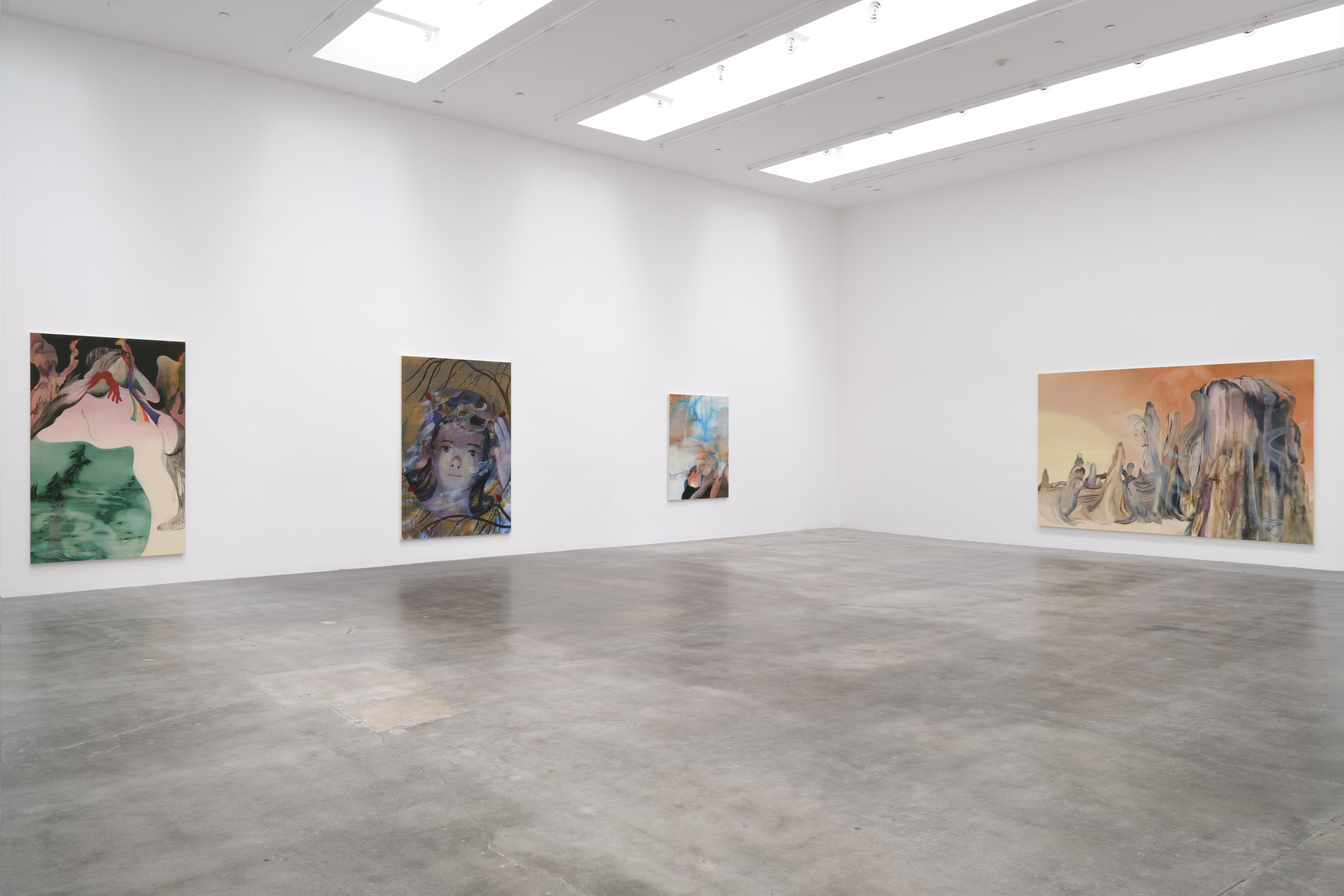
Image courtesy of BLUM Gallery. Photographer: Hannah Mjølsnes.
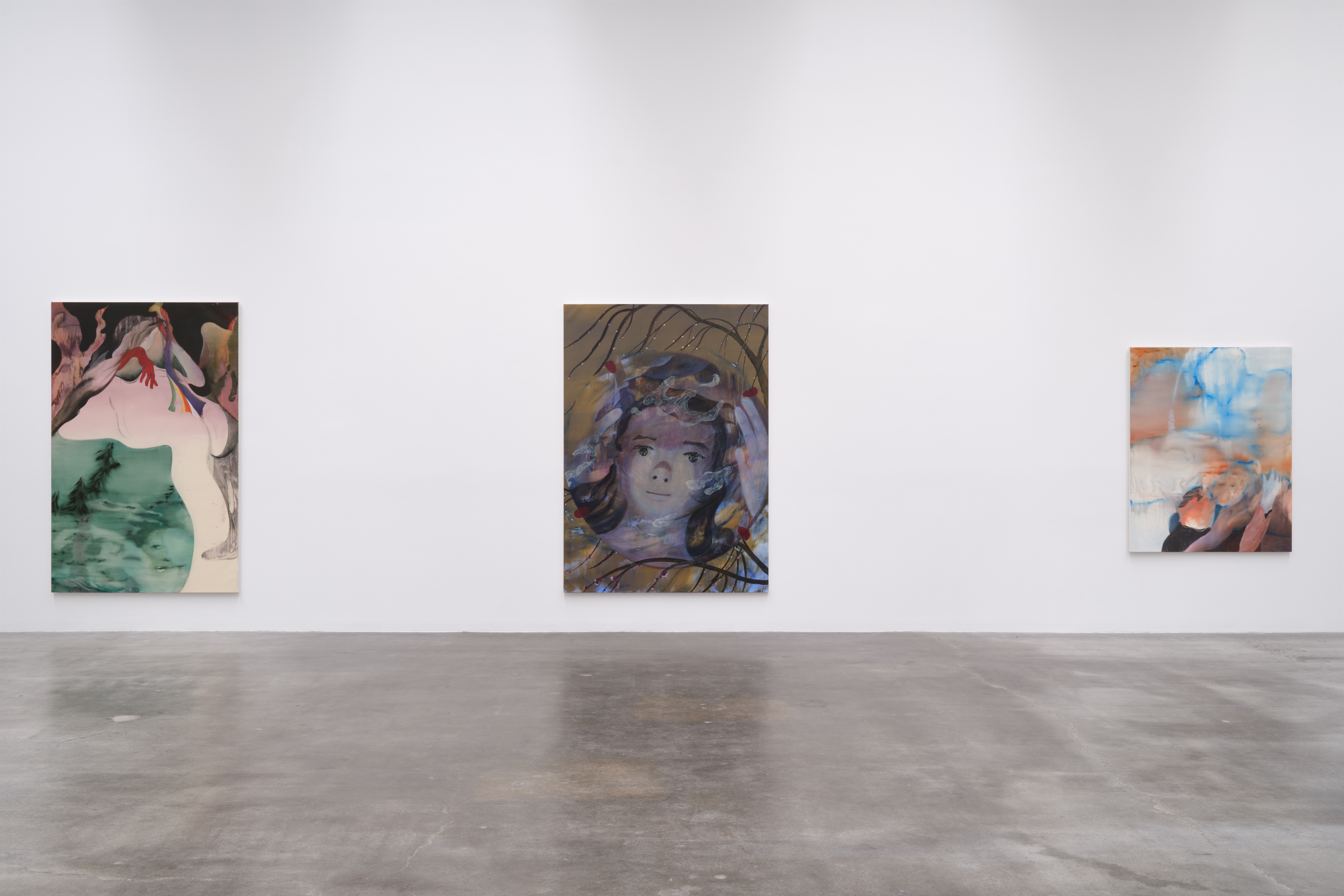
Image courtesy of BLUM Gallery. Photographer: Hannah Mjølsnes.
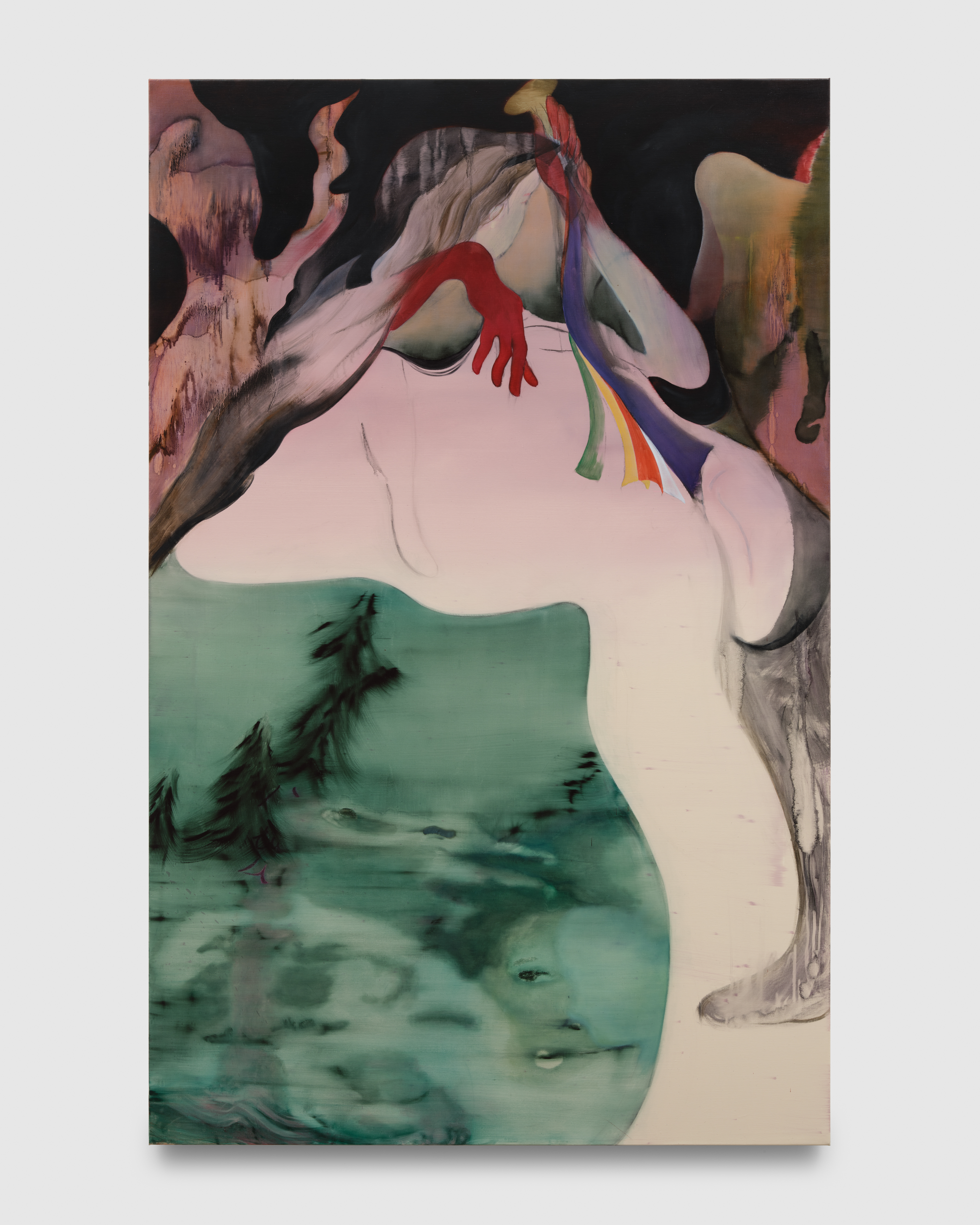
Oil on linen
227.6 x 145.4 cm
Image courtesy of BLUM Gallery. Photo: Hannah Mjølsnes.
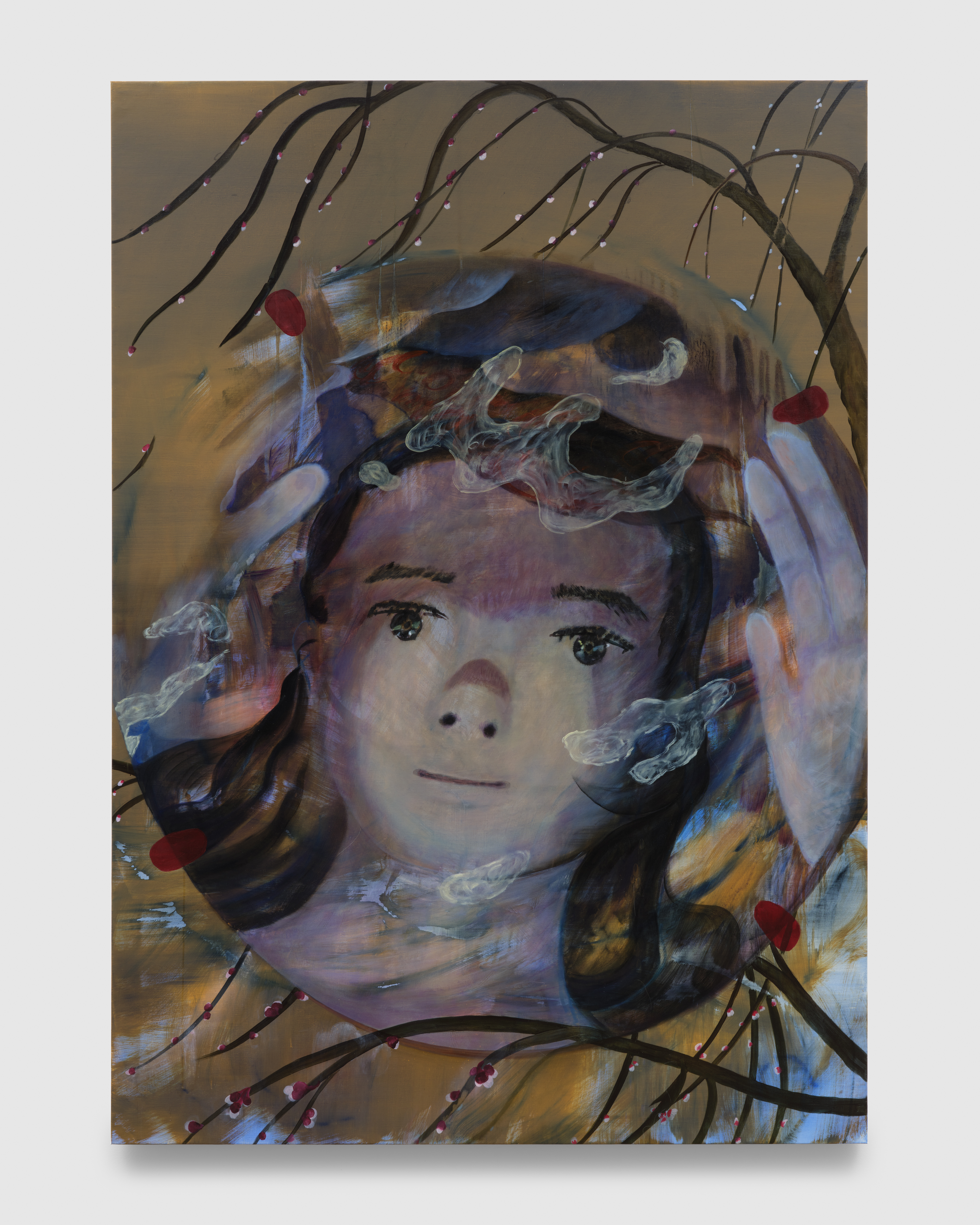
Oil on linen
227.6 x 161.9 cm
Image courtesy of BLUM Gallery. Photo: Hannah Mjølsnes.

Oil on linen
162.5 x 130.4 cm
Image courtesy of BLUM Gallery. Photo: Hannah Mjølsnes.
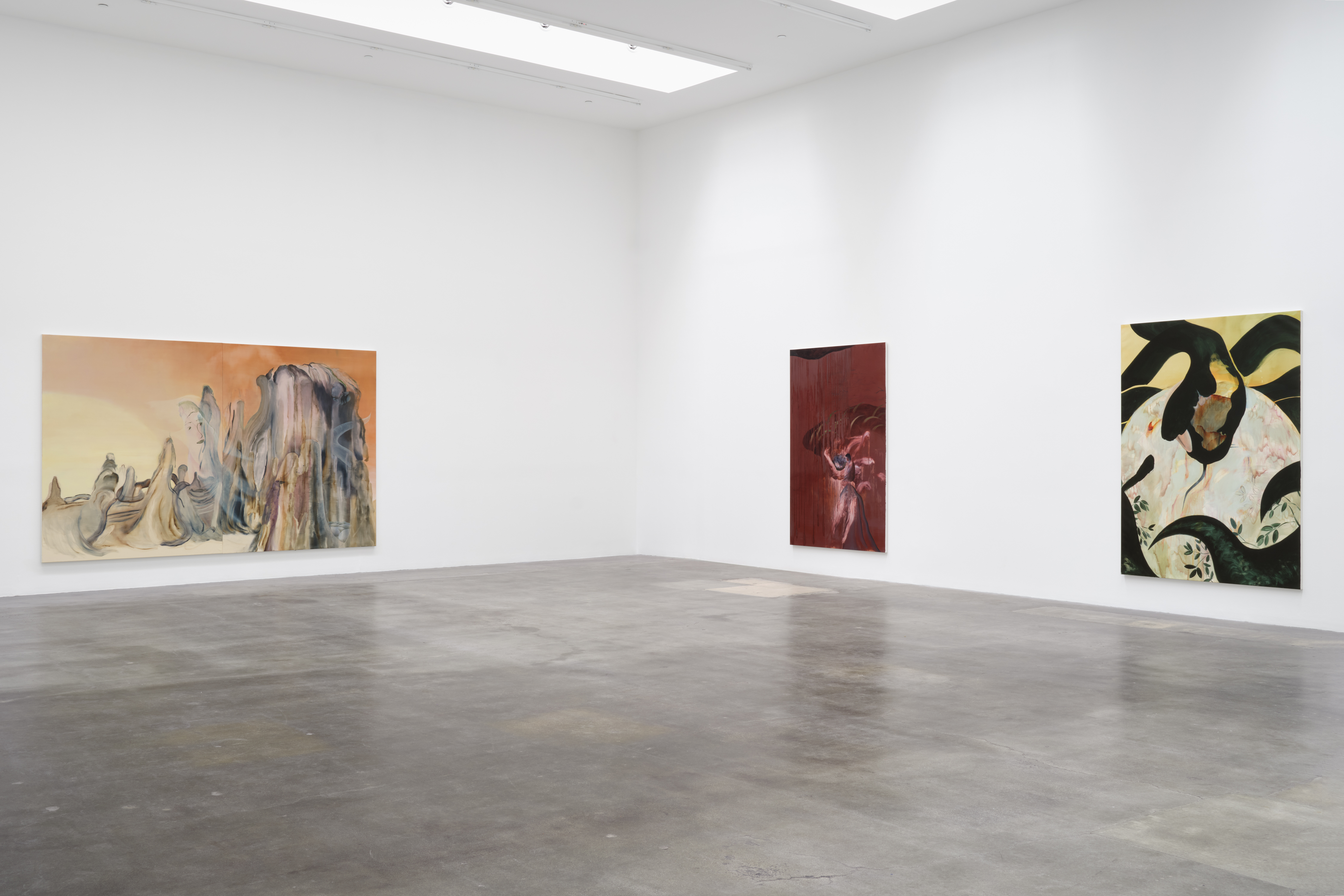
Image courtesy of BLUM Gallery. Photographer: Hannah Mjølsnes.
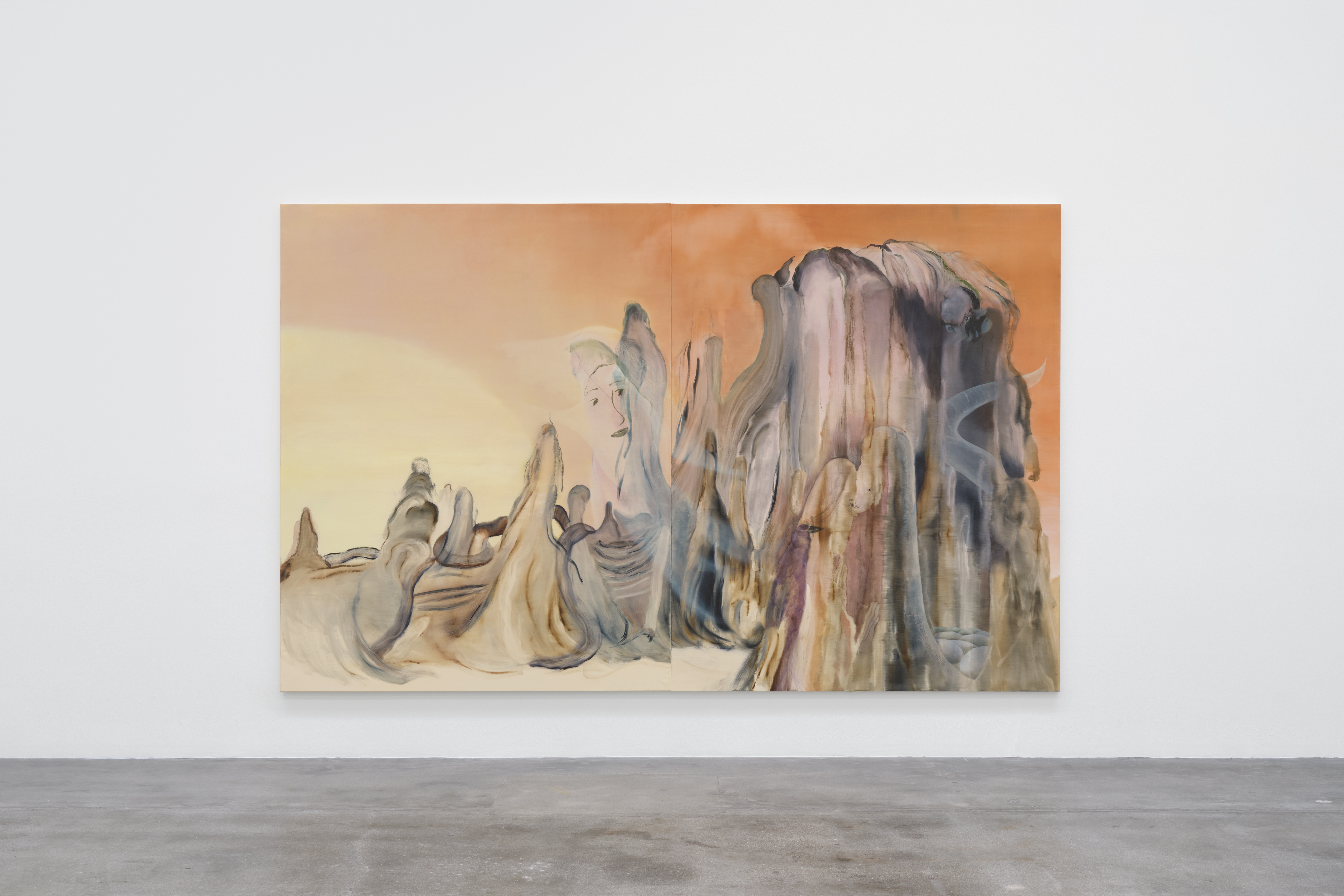
Oil on linen
Two parts; 227.6 x 363.8 cm
Image courtesy of BLUM Gallery. Photo: Hannah Mjølsnes.
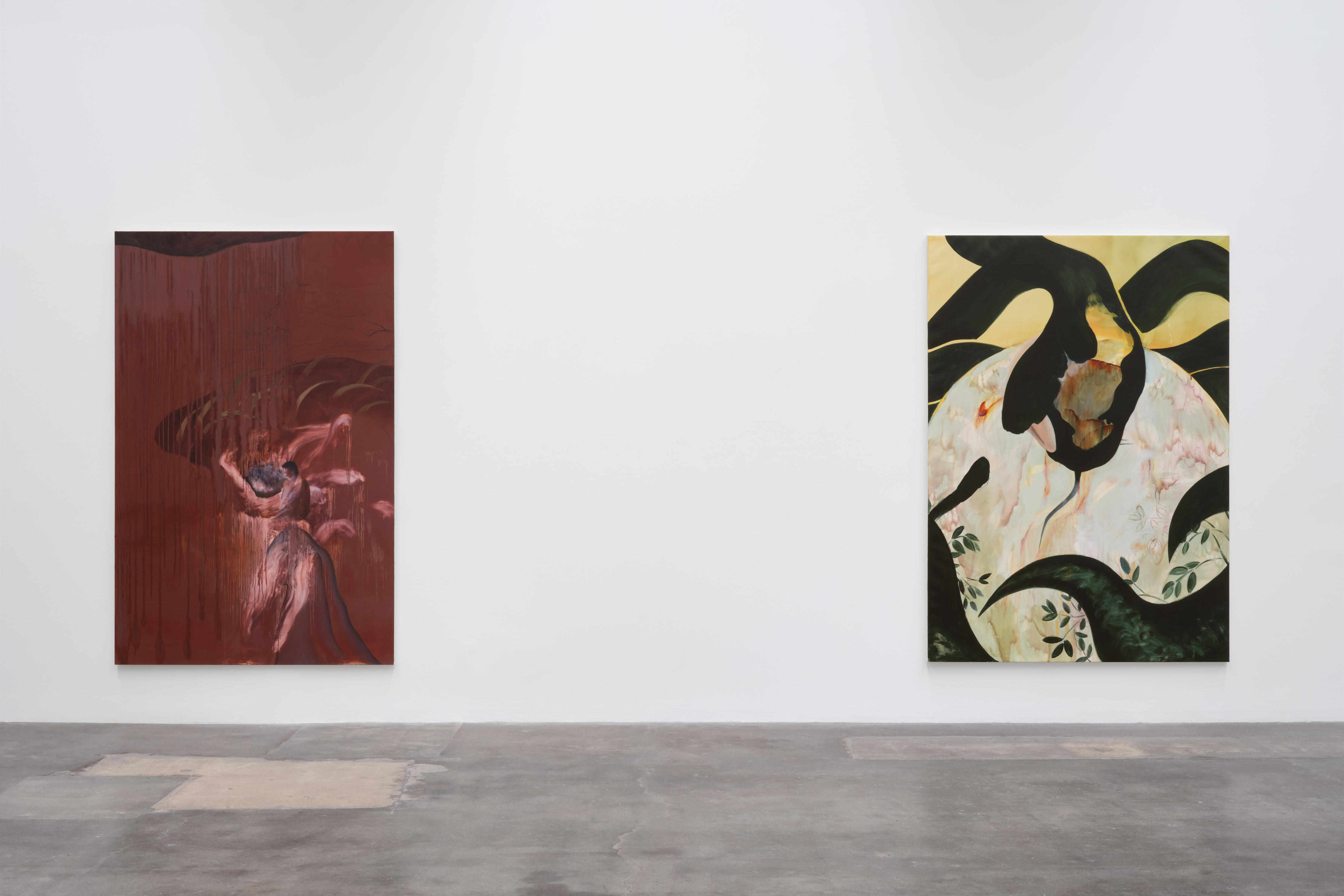
Image courtesy of BLUM Gallery. Photographer: Hannah Mjølsnes.
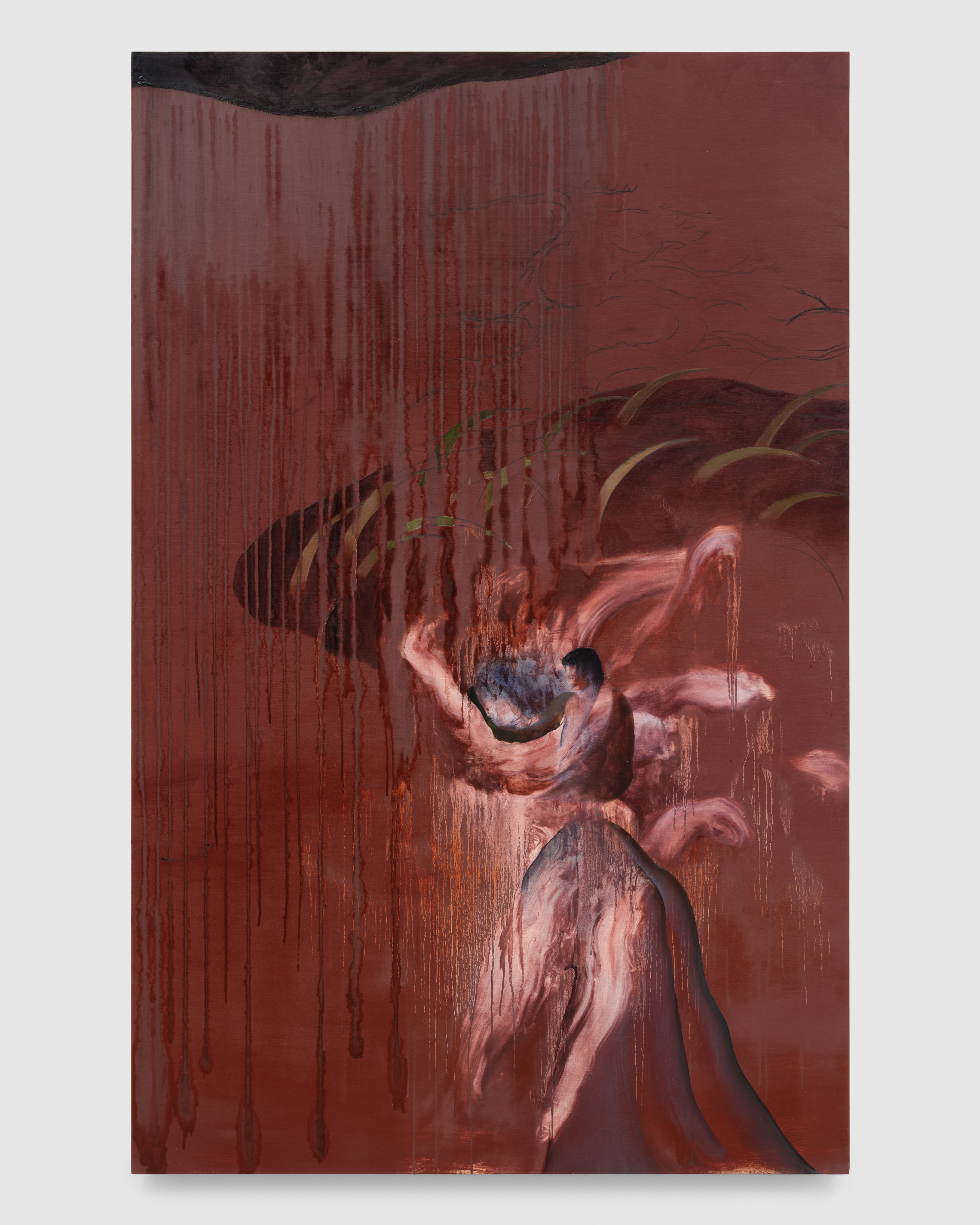
Oil on linen
227.6 x 145.4 cm
Image courtesy of BLUM Gallery. Photo: Hannah Mjølsnes.
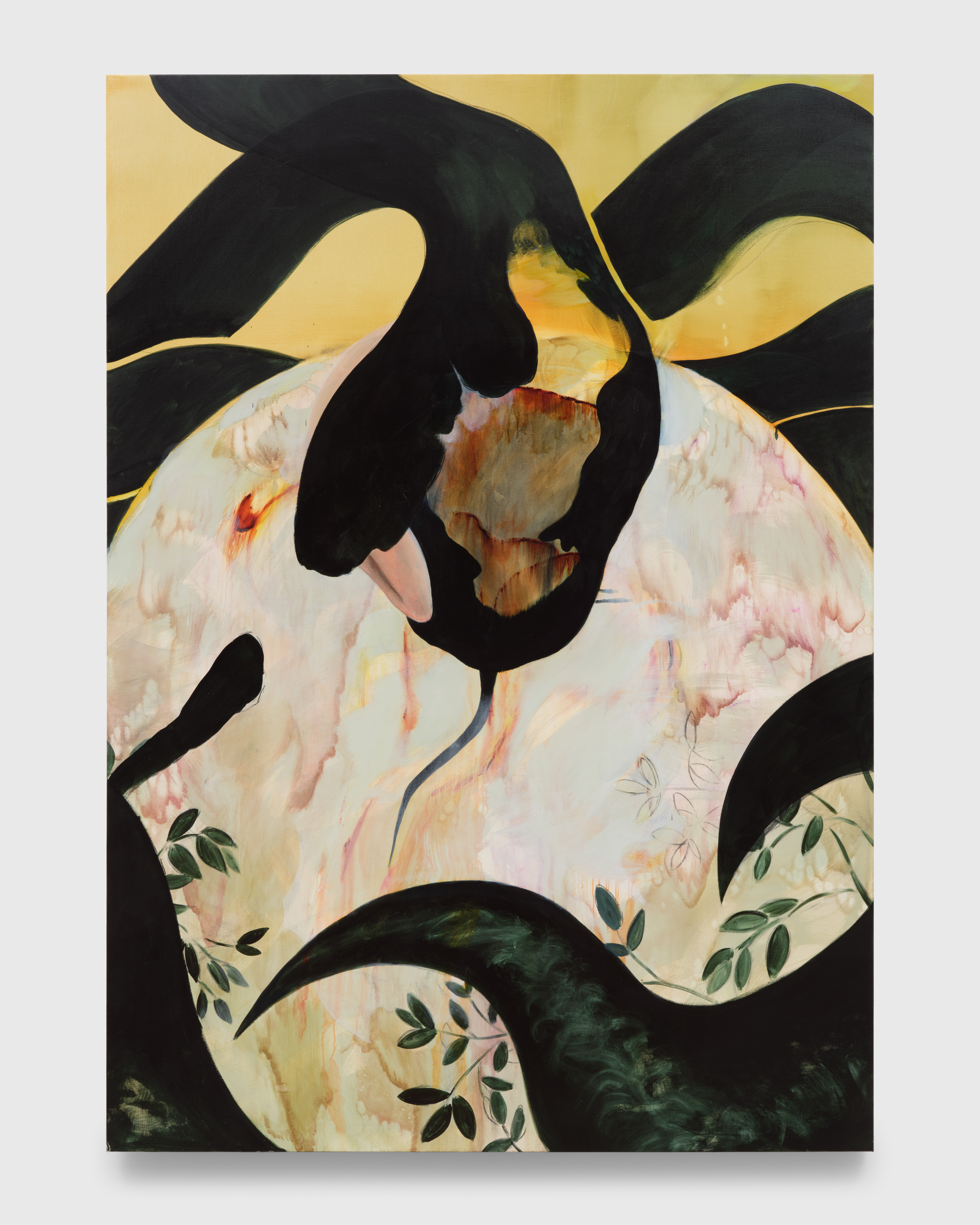
Oil on linen
227.6 x 162.2 cm
Image courtesy of BLUM Gallery. Photo: Hannah Mjølsnes.
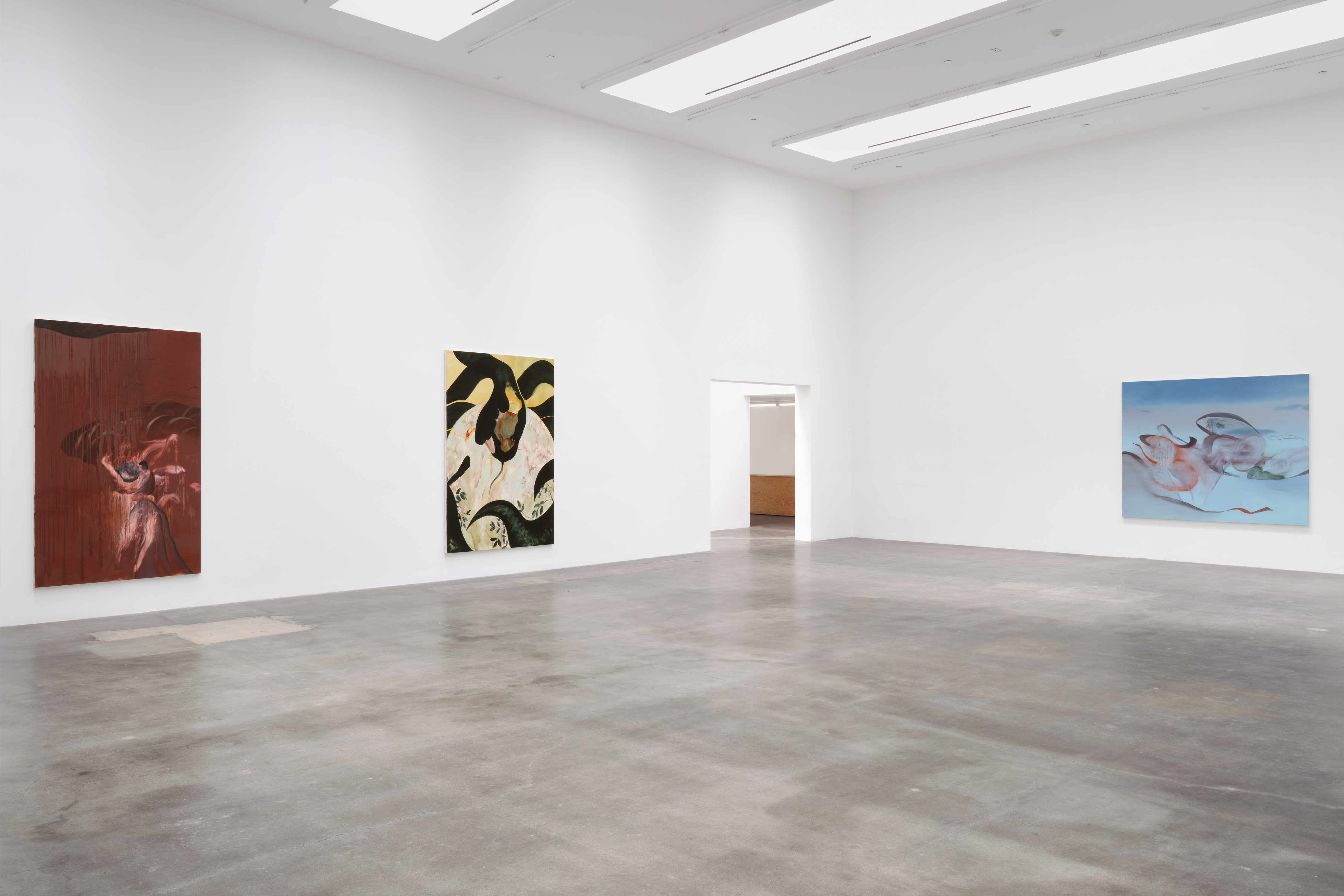
Image courtesy of BLUM Gallery. Photographer: Hannah Mjølsnes.
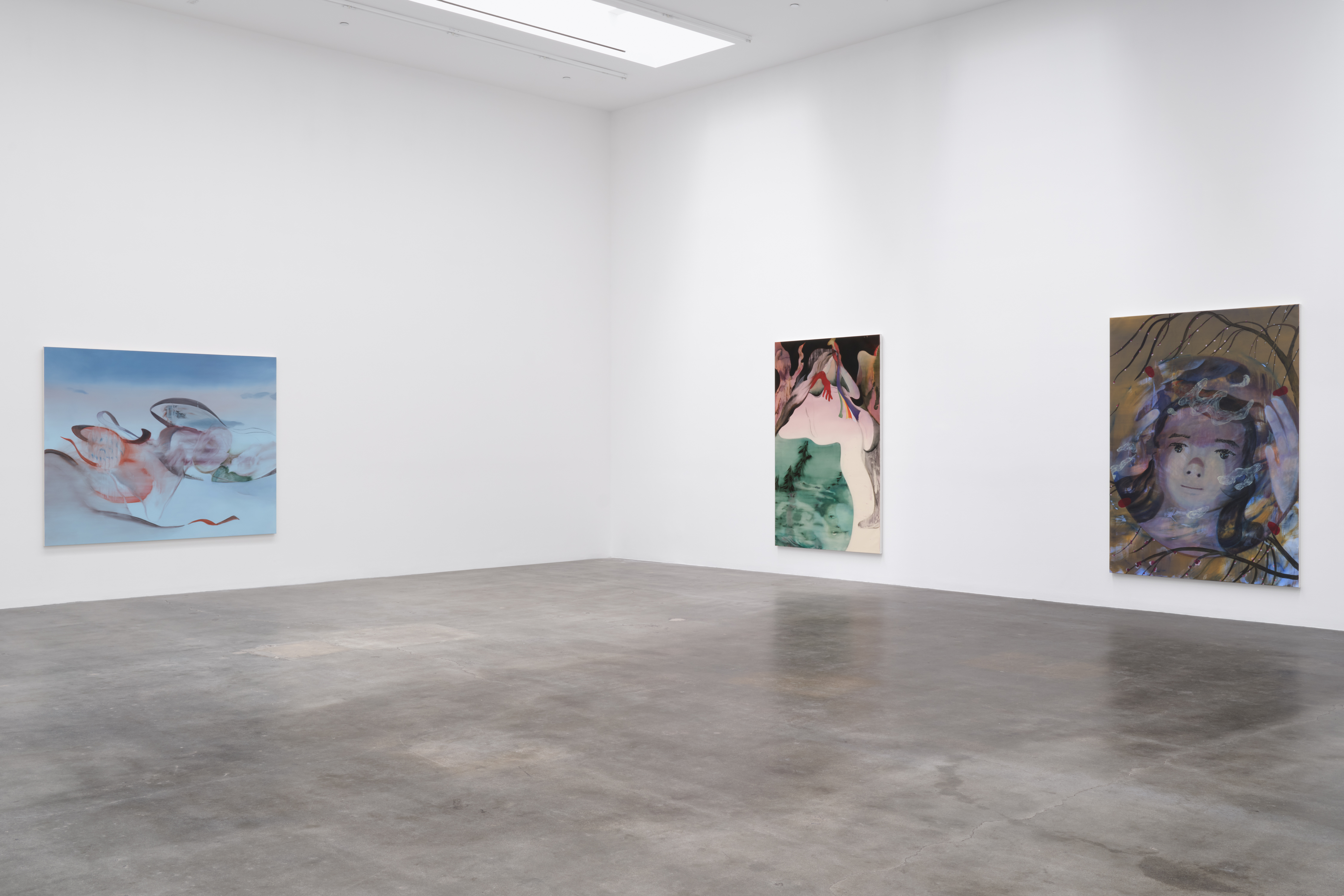
Image courtesy of BLUM Gallery. Photographer: Hannah Mjølsnes.
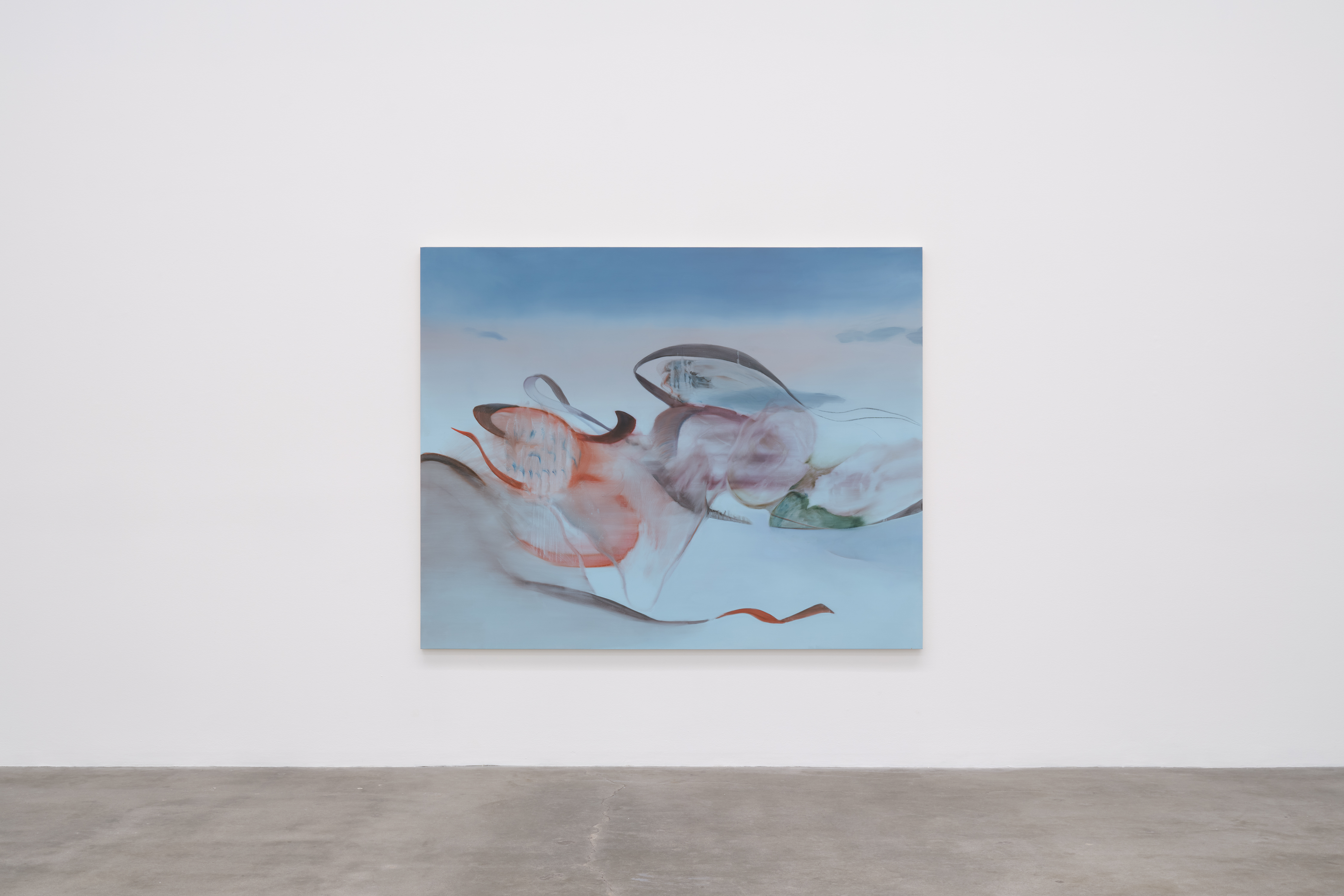
Oil on linen
181.9 x 227.3 cm
Image courtesy of BLUM Gallery. Photo: Hannah Mjølsnes.